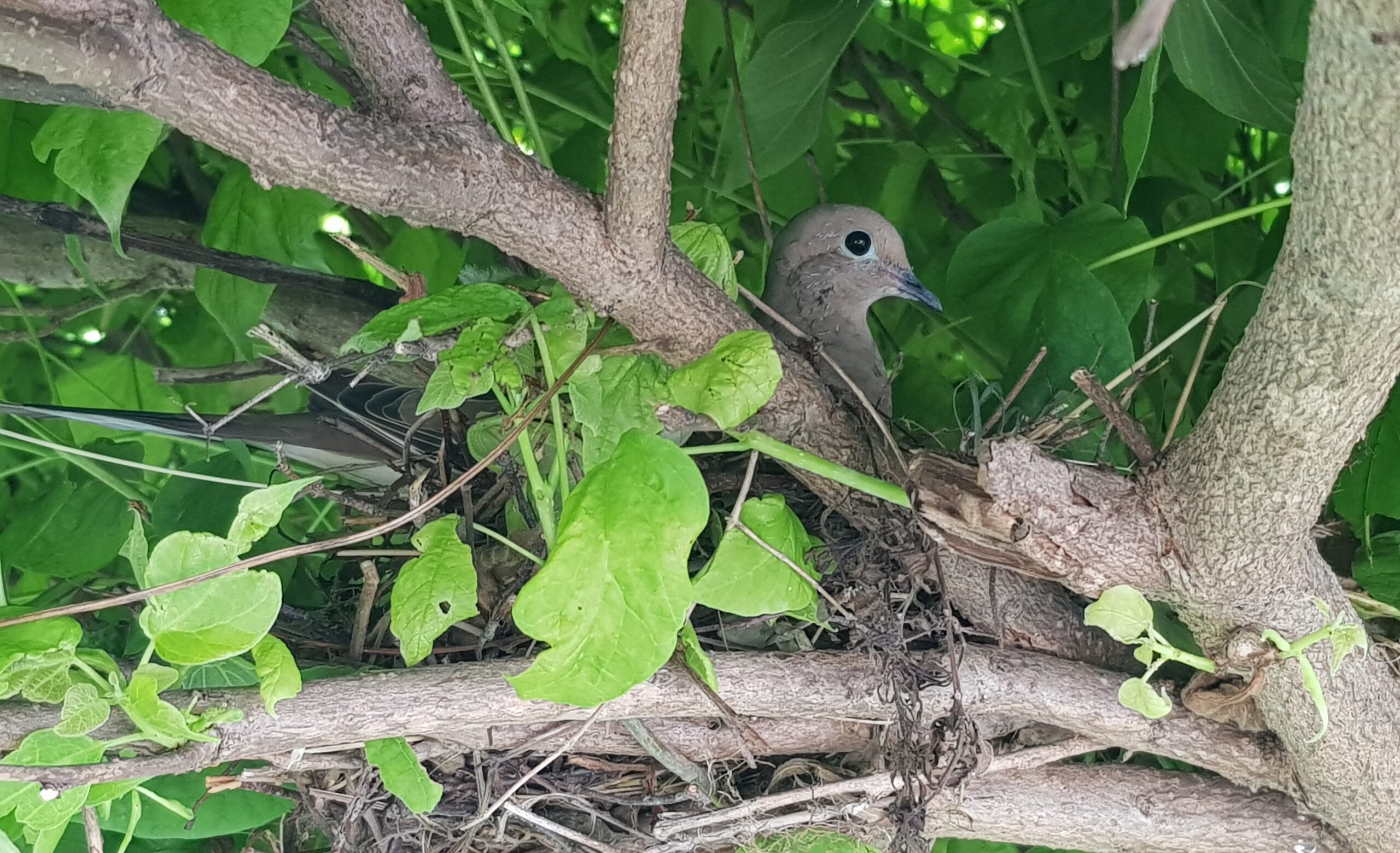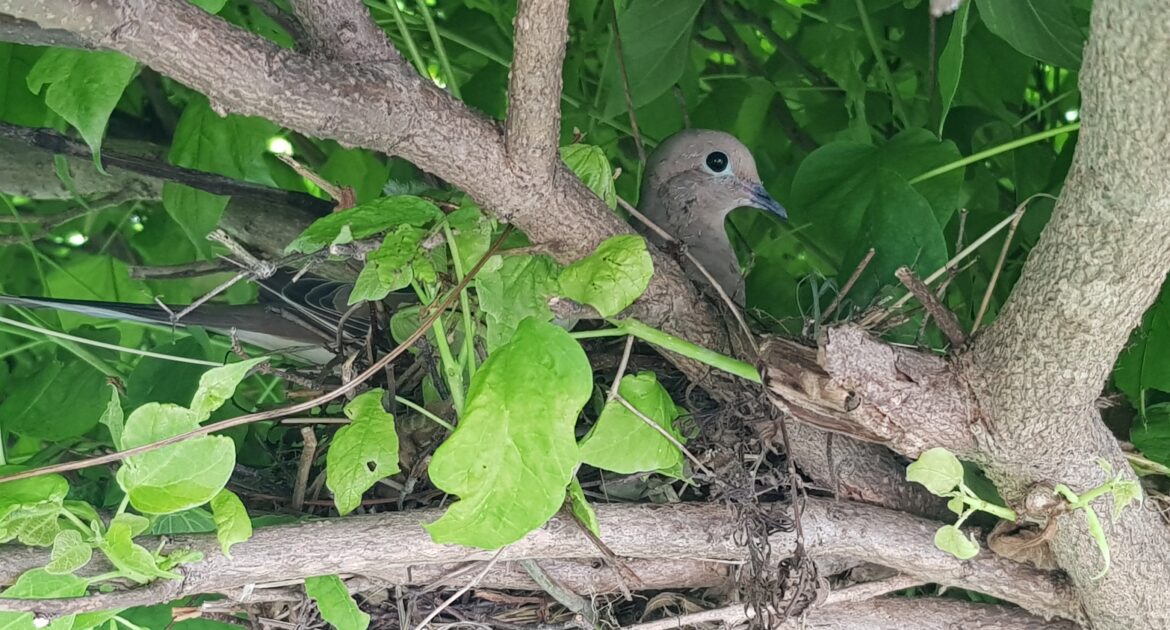Birds are fascinating creatures with a wide variety of nesting behaviours and reproductive strategies. One of the most interesting aspects of their lives is how they reproduce. While many people know that bird eggs come in an array of colours, shapes, and sizes, not all birds lay them in the same way.
For instance, “What bird lays blue eggs?” remains a popular question among nature enthusiasts. Some species, like robins and blue jays, are known for their strikingly blue eggs. But before we get to see these colourful marvels, there’s a process involved.
Ever wonder how long a bird is pregnant before laying eggs? Generally, birds are not “pregnant” in the mammalian sense, but they do have a gestation period during which the egg develops inside the female’s body. This period can vary depending on the species, ranging from a few days to a few weeks.
Understanding these variations helps us appreciate the diversity of reproduction and the intricate ways birds ensure the survival of their species. Whether you’re a seasoned birdwatcher or just curious about backyard wildlife, there’s always something new to learn about these incredible creatures and their eggs.
The Universal Egg-Laying Habit
To kick things off, it’s important to clarify that all types of birds do indeed lay eggs. Unlike mammals, birds don’t give birth to live young; they reproduce by laying eggs. This is one of the most distinctive traits of the avian class. From the smallest hummingbird to the gigantic ostrich, every species ensures the continuity of its lineage through egg-laying.
Birds lay eggs for several reasons. For one, it allows the female bird to continue flying and foraging without the burden of carrying developing young inside her body. This is particularly crucial for migratory species that travel long distances. Additionally, an egg provides a protected environment where the embryo can develop, complete with a nutrient-rich yolk that sustains the young bird until hatching.
Some people wonder how long a bird is pregnant before laying eggs? Interestingly, birds don’t experience pregnancy as mammals do. Instead, after mating, the fertilized egg is quickly encased in a shell and laid within a matter of days. For most birds, this process takes anywhere from 24 to 48 hours, although it can vary depending on the species.
The Diversity of Bird Eggs
While all birds lay eggs, the eggs themselves can be remarkably diverse. The size, shape, and colour of eggs have evolved to meet the specific needs of each species. For instance, the eggs of ground-nesting birds are often camouflaged to blend in with their surroundings, protecting them from predators. On the other hand, cavity-nesting birds may have plain white or blue eggs since they are hidden inside tree holes or burrows.
One of the most intriguing aspects of eggs is their colour. Have you ever wondered what bird lays blue eggs? The American Robin is a well-known example. Its eggs are a striking shade of blue, believed to be a result of biliverdin, a pigment deposited on the eggshell during formation. Blue and green eggs are common among birds that nest in open environments, as these colours can help shield the eggs from harmful UV radiation.
The texture of eggshells can also vary. Some birds lay eggs with a smooth, glossy surface, while others have rough, matte finishes. These differences can provide additional protection against environmental factors or make the eggs less appealing to potential predators.
The Egg-Laying Process
Understanding the egg-laying process offers deeper insights into why all birds lay eggs. After mating, the female’s reproductive system takes over. The egg begins to form in the ovary, where the yolk is produced. It then travels down the oviduct, where it encounters sperm stored from the male bird. Fertilization occurs here, and the egg white, or albumen, forms around the yolk.
Next, the egg is coated in membranes that help keep it intact and provide additional layers of protection. Finally, the shell gland, or uterus, deposits calcium carbonate, forming the hard outer shell. This entire process can take anywhere from a few hours to over a day, depending on the species.
For some birds, laying a single egg is the norm, while others produce clutches of multiple eggs. Many songbirds, for instance, lay between three and five eggs per clutch. In contrast, larger birds like eagles and albatrosses typically lay one or two eggs. The number of eggs laid can be influenced by various factors, including the availability of food, environmental conditions, and the bird’s overall health.
Incubation and Hatching
Once the eggs are laid, the incubation period begins. This is when the parent birds take turns keeping the eggs warm until they hatch. The length of this period can vary widely among species. For small songbirds, incubation usually lasts around 11 to 14 days. Larger birds, such as swans and eagles, may incubate their eggs for over a month.
During incubation, the parent birds are incredibly attentive. They regularly turn the eggs to ensure even warmth and prevent the developing embryos from sticking to the shell. This careful nurturing is crucial for the successful development of the chicks.
Hatching is a remarkable process that demands considerable effort from the chicks. Using a specialized egg tooth, a small, temporary structure on their beak, the chicks break through the shell in a process known as pipping. This can take several hours to a few days, depending on the species. Once hatched, the chicks are often helpless and require constant care and feeding from their parents.
Seasonal and Environmental Factors
Birds often time their breeding and egg-laying to coincide with favourable environmental conditions. Seasonal changes, such as the arrival of spring, signal the onset of the breeding season for many species. Longer daylight hours, warmer temperatures, and an abundance of food all contribute to the ideal conditions for raising young.
However, not all birds follow the same seasonal patterns. Some species have adapted to breed at different times of the year based on their unique environments. For example, birds in tropical regions may breed during the rainy season when food is plentiful. Conversely, some desert-dwelling birds may lay eggs during cooler periods to avoid the extreme heat.
Environmental factors also play a significant role in determining the success of egg-laying and chick-rearing. Habitat destruction, climate change, and pollution can all have detrimental effects on bird populations. For this reason, conservation efforts are crucial to ensuring the survival of many species and their ability to reproduce successfully.
Choose Skedaddle for Wildlife Control in Niagara
When it comes to managing bird nests around your home, it’s essential to seek professional help to ensure both your safety and the well-being of the birds. Skedaddle is a trusted name in wildlife control services, specializing in humane and effective methods. Our team of experts understands the unique needs of birds and their habitats, ensuring a safe and respectful approach to wildlife management.
Skedaddle’s services prioritize the safety and welfare of birds while addressing any concerns homeowners may have. Whether it’s dealing with a nesting bird in your attic or preventing birds from roosting in unwanted areas, Our professionals are equipped with the knowledge and experience to handle the situation effectively.
Contact Us for Humane Solutions
All types of birds lay eggs, and this remarkable reproductive strategy is a defining characteristic of the avian world. From the diverse colours and textures of eggs to the careful incubation and hatching process, eggs are a testament to the wonders of nature. Understanding these aspects of bird life can enhance our appreciation for these incredible creatures and the importance of preserving their habitats.
If you’re a homeowner dealing with bird-related issues, consider reaching out to Skedaddle for expert wildlife control services. Our team is dedicated to providing humane solutions that prioritize the safety and well-being of both you and the birds. Contact us today to learn more about how we can assist you in managing wildlife around your home.




